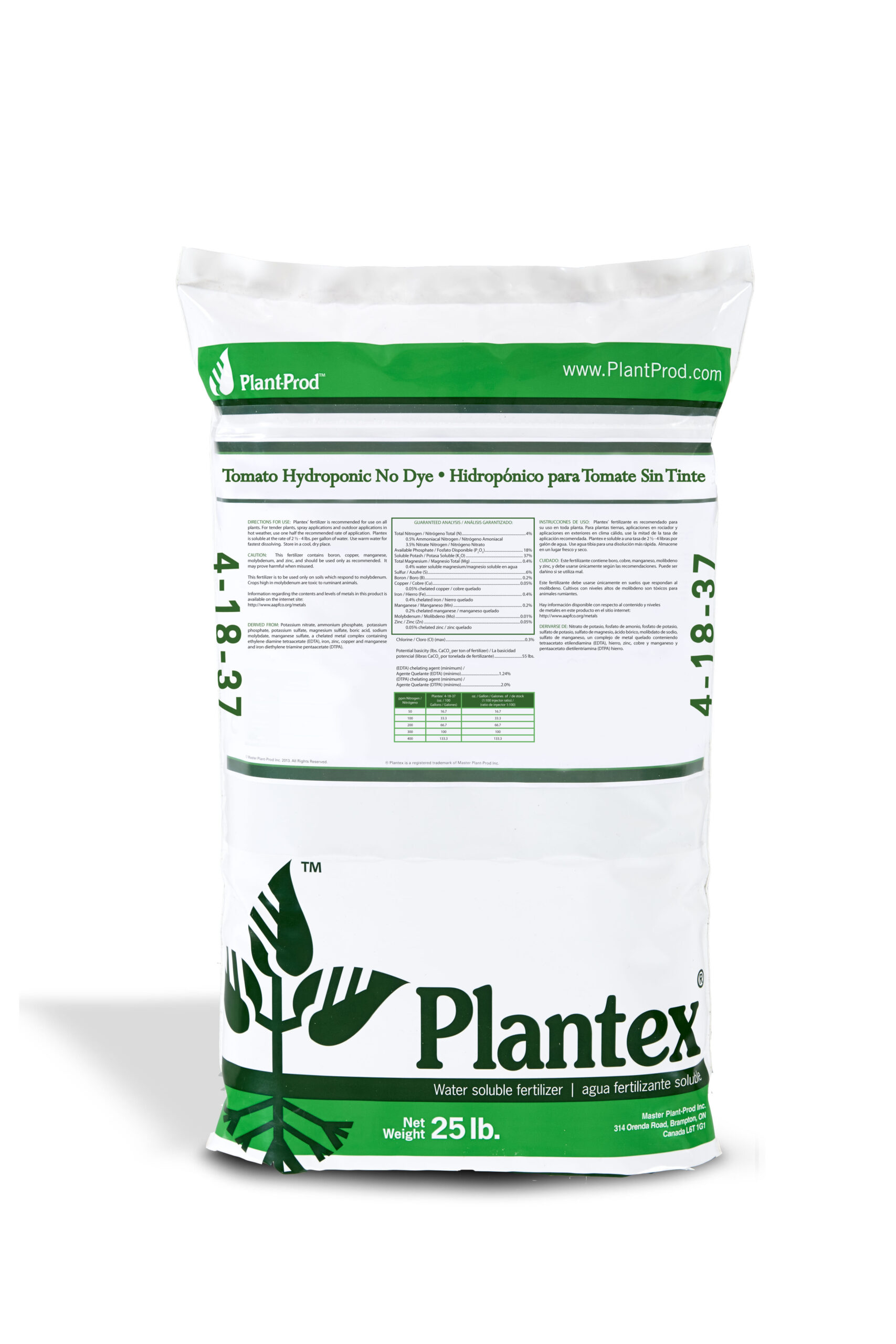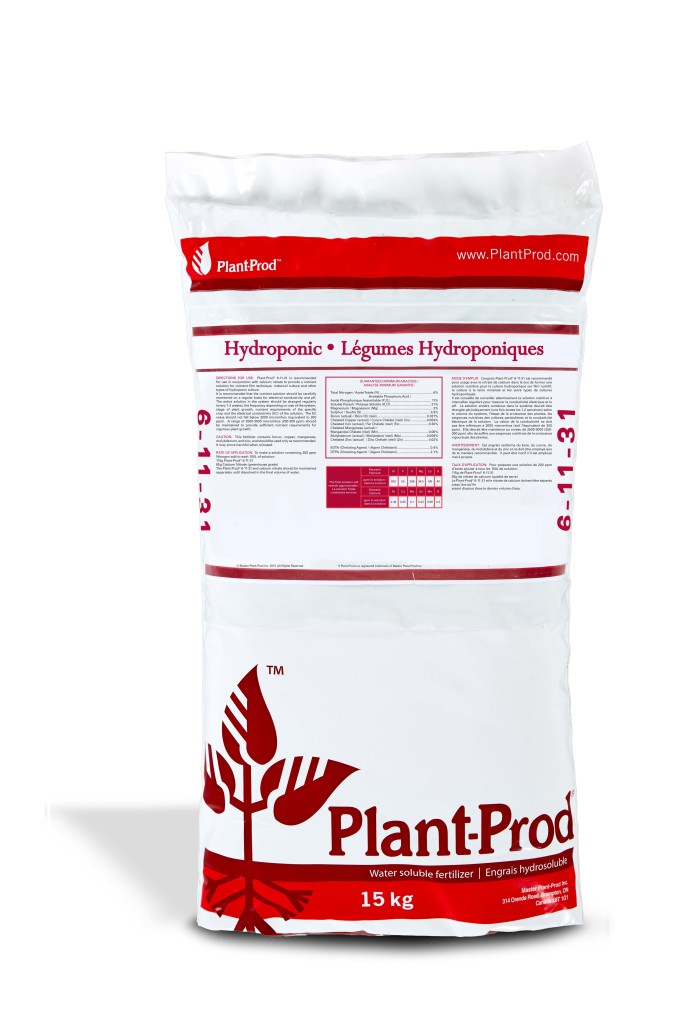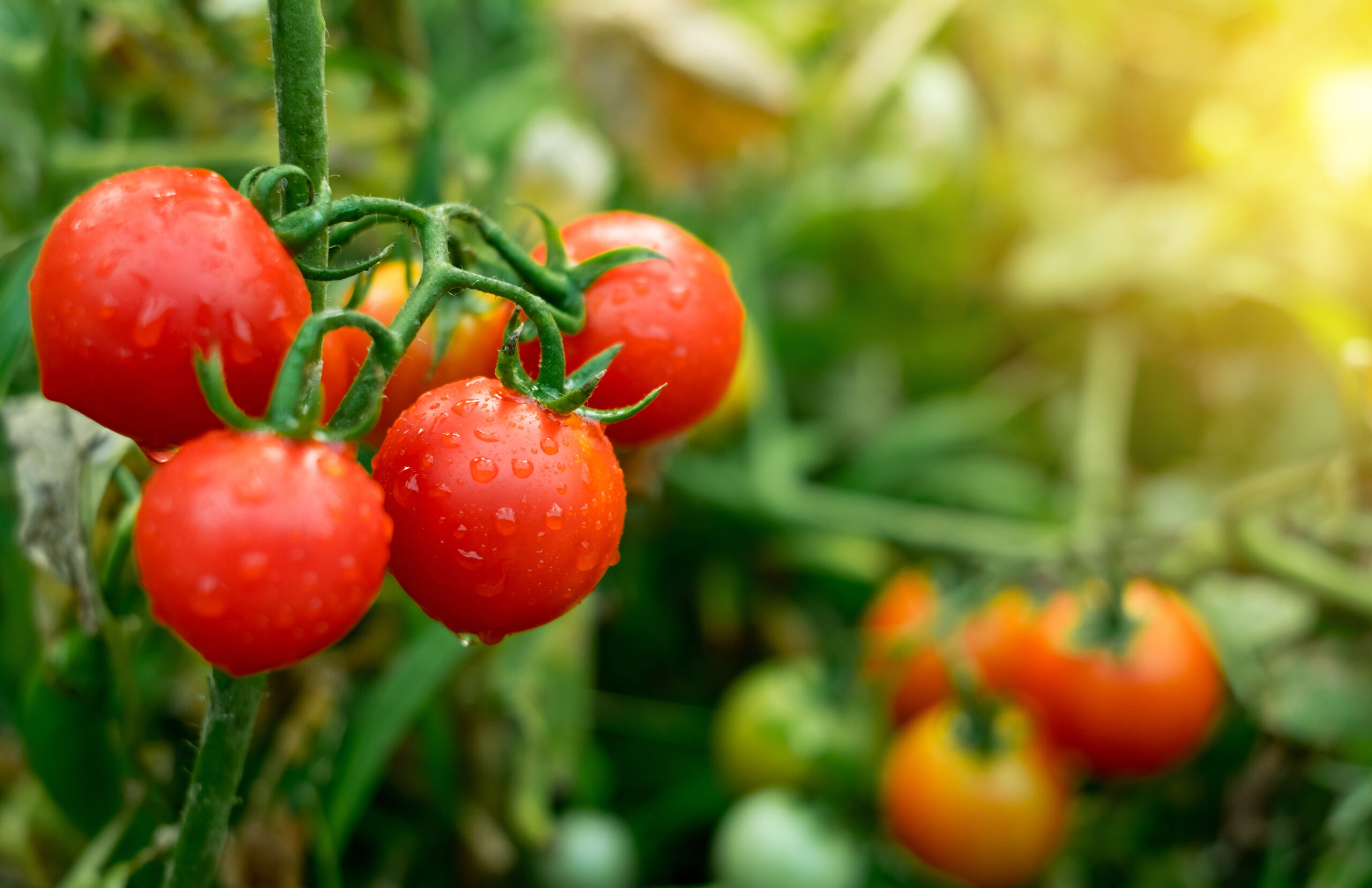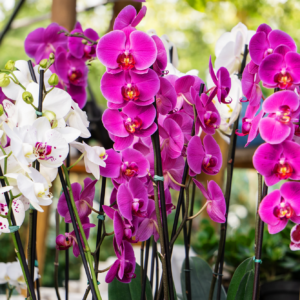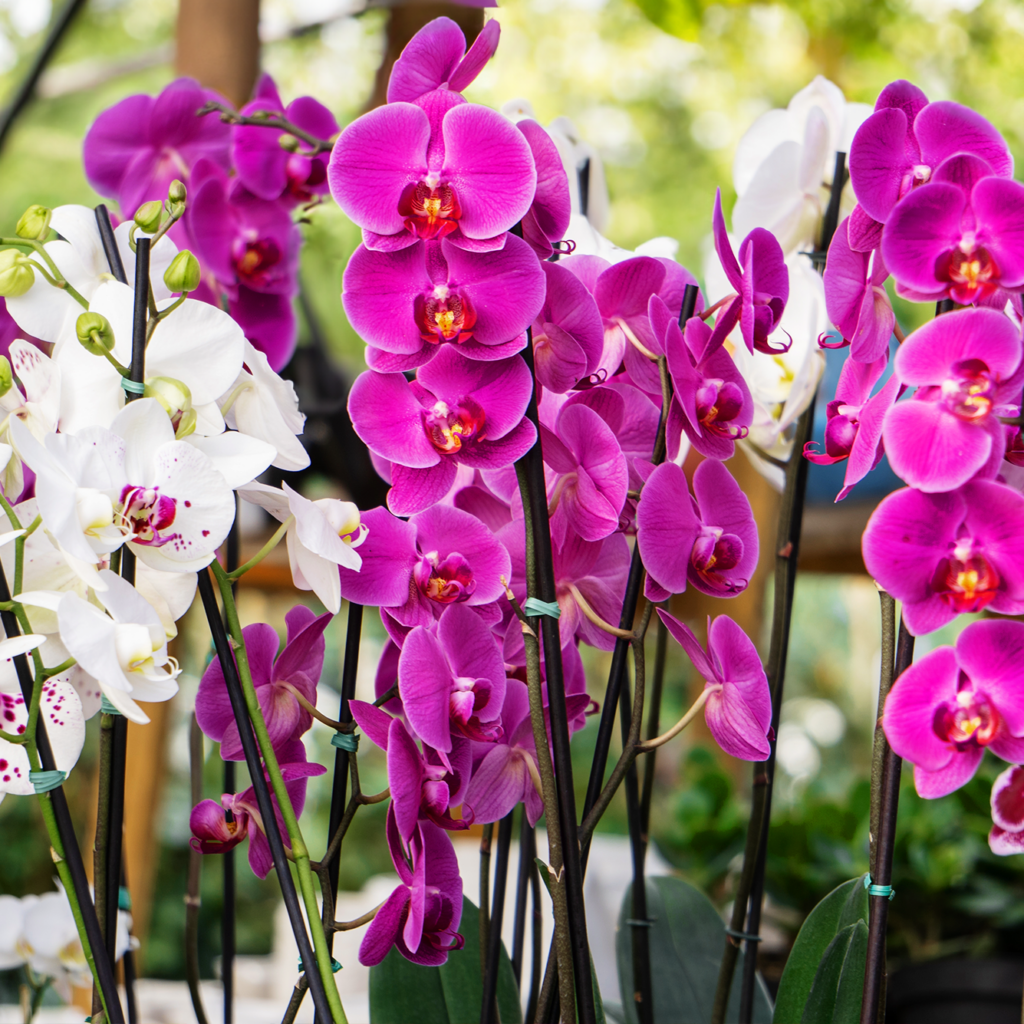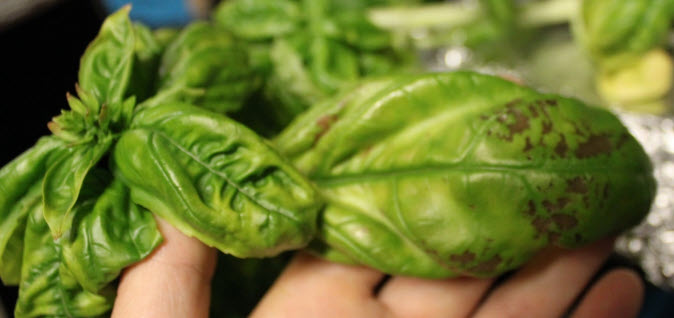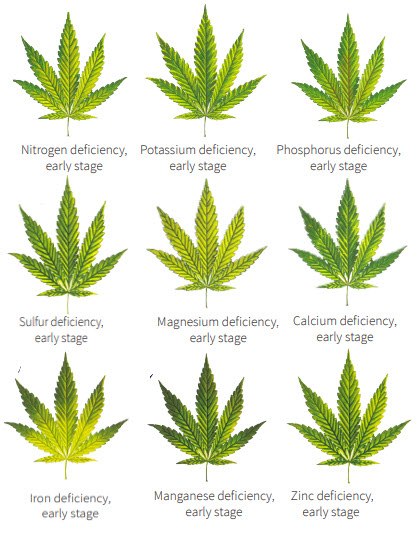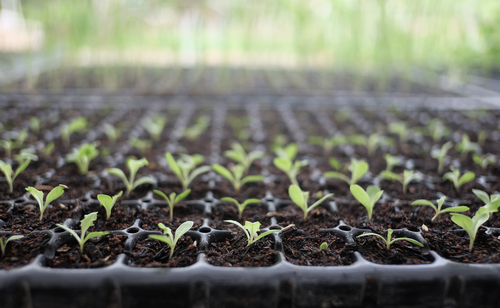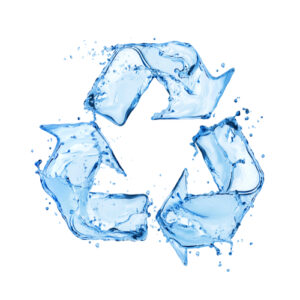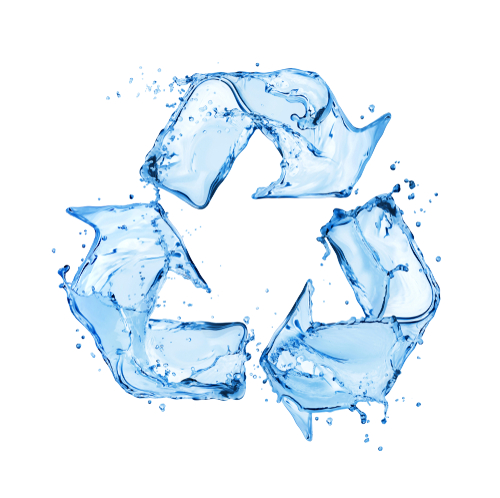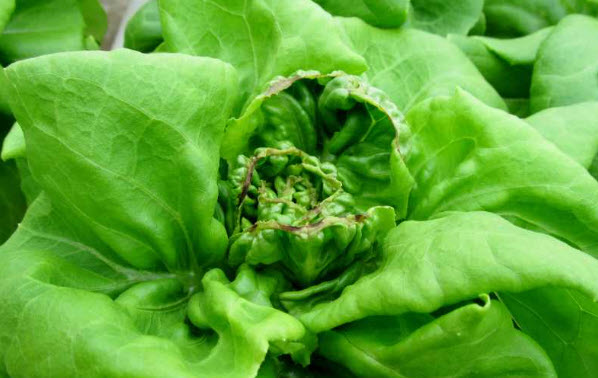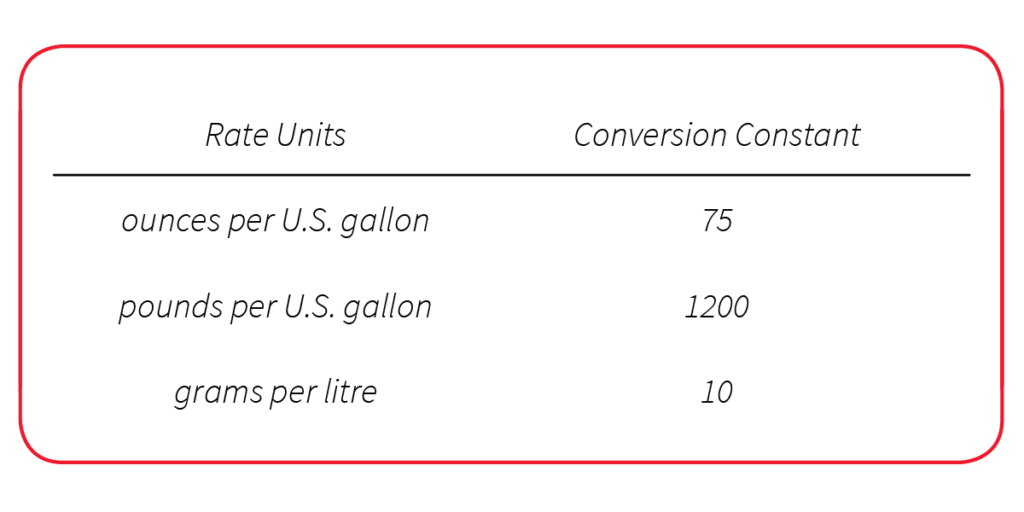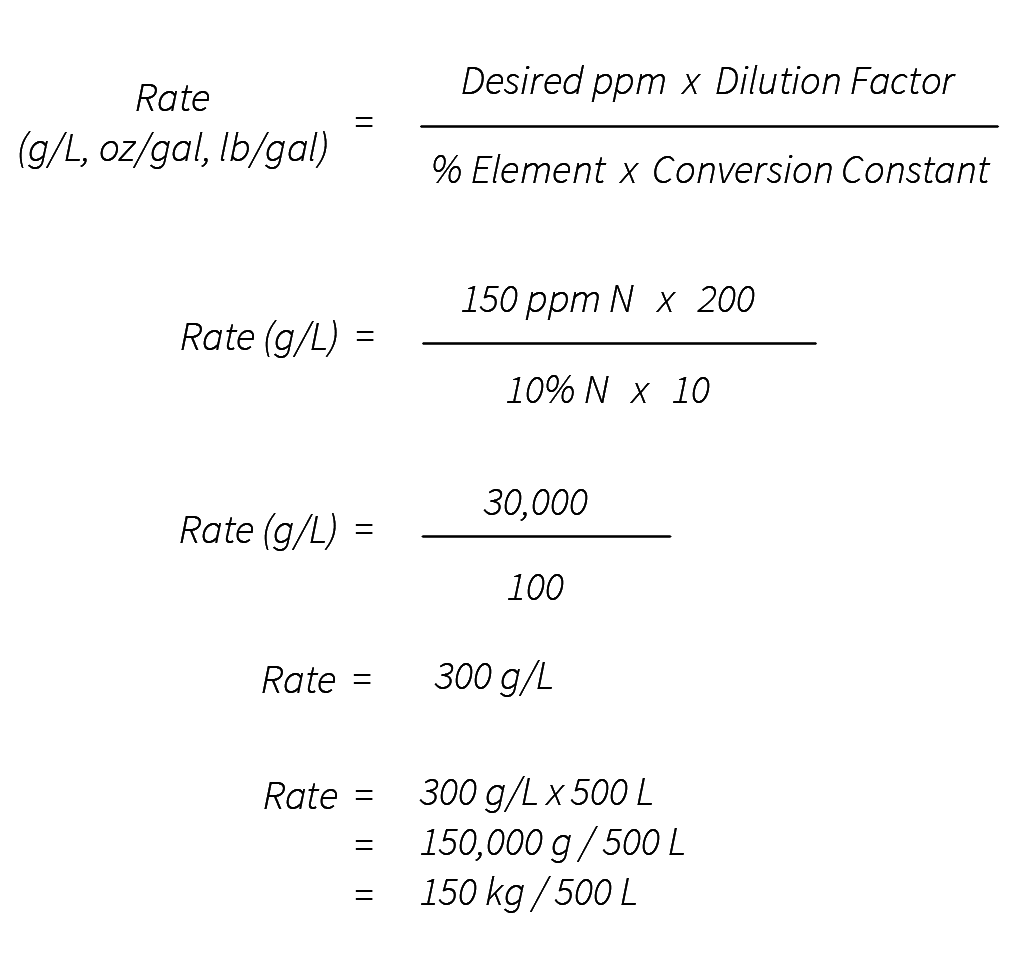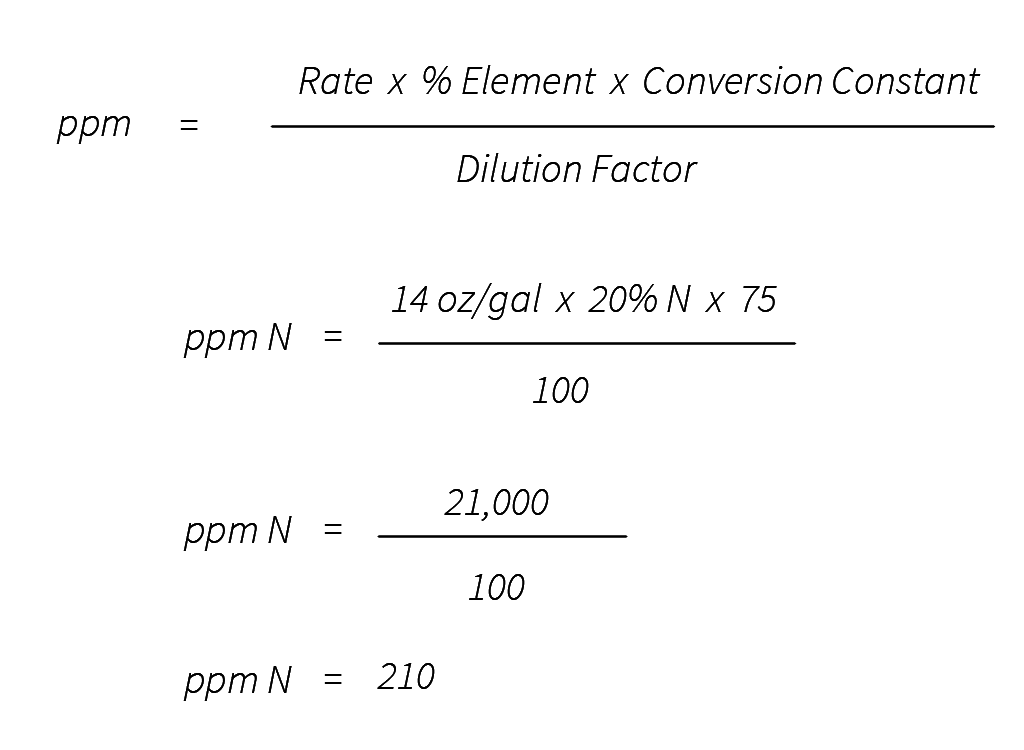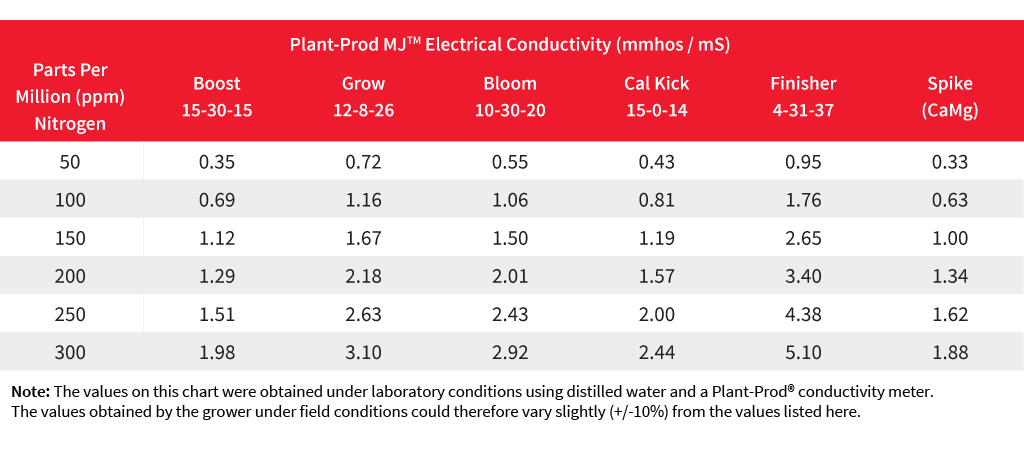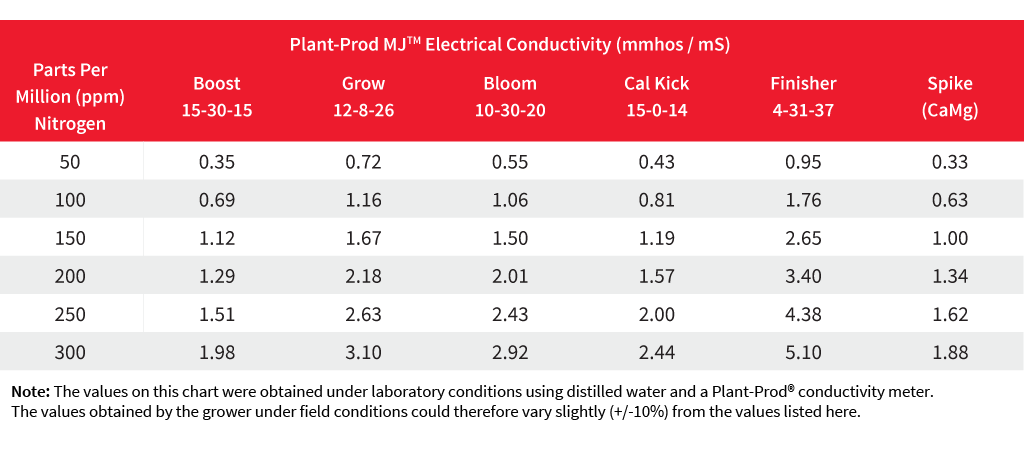Common Nutrient Related Disorders In Hydroponic Tomatoes and Ways to Prevent Them.
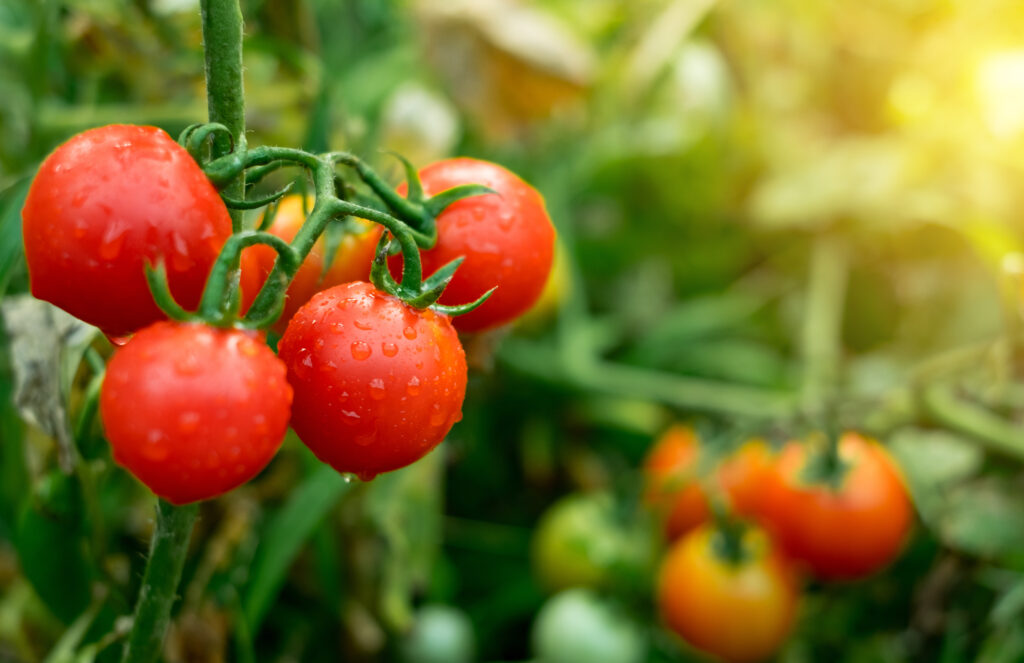
Hydroponic tomatoes are a popular crop with unique nutrient requirements. Optimal growth is achieved through appropriate nutrient management and control of the environment. In this blog, we look at common nutrient related disorders found in hydroponic tomatoes, why they happen and what you can do to prevent them. At the end, you’ll find a list of water-soluble fertilizer options from Plant-Prod.
What Are Common Nutrient Related Disorders in Hydroponic Tomatoes
Blossom End Rot
Characterized by the first appearance of light tan, water-soak lesions on the blossom end of fruit. These lesions enlarge, turning black and leathery. The cause is generally attributed to a lack of calcium in the developing fruit. This disorder can still occur when calcium is supplied at adequate levels. Cold temperatures or excessive heat during blossom set, fluctuation in water supply, and excessive ammoniacal nitrogen, potassium or magnesium fertilization can result in calcium unavailable to the plant, increasing the risk of blossom end rot developing.
Blossom Drop
Yield can be greatly reduced when blossoms abort and drop off the plant instead of setting fruit. A number of nutritional stressors can cause this, including too much nitrogen which can lead to excessive vegetative growth, salt stress caused by high fertigation EC, and infrequent irrigation leading to drought stress.
Yellowing or Chlorosis of Leaves
A number of diseases and disorders can first manifest as chlorosis. It is important to notice and take action early to prevent further damage to the plant. Nutritional deficiencies that can cause chlorosis include:
Low nitrogen – appears a general yellowing of entire plant, including old and new growth
Low potassium – appears as bright yellow leaf margins and edges, mostly on old growth leaves
Low magnesium – appears as interveinal yellowing on old growth leaves.
How to Prevent Nutrient Related Disorders and Deficiencies
It is important to understand that specific nutrient requirements for greenhouse tomatoes are related to the developmental stage of the plant and seasonal conditions. It is recommended to breakdown a tomato fertilizer program into three stages:
- Transplant to 4-6 leaves
- Normal feed
- Heavy fruiting
Following these nutritional needs along with the below suggestions will help to prevent nutrient related disorders and deficiencies:
- K:N Ratio Based on growth stage – the ratio between these two macronutrients will steer the plant from vegetative to reproductive growth. As nutritional demands increase with plant age, potassium should be increased.
- Irrigate appropriately – water volume should also be adjusted with plant age, nutrient demand, and environmental conditions to meet the plant’s needs.
- Foliar nutrient testing – a tissue analysis is always recommended to confirm all suspected nutritional problems before taking action.
Fertilizers to Treat Nutrient Deficiencies in Hydroponic Tomatoes
Plantex 4-18-37 Tomato Hydroponic No Dye Water Soluble Fertilizer
Plantex Hydroponic Tomato 4-18-37 water-soluble fertilizer is specially formulated with elevated levels of phosphorus and potassium, making it ideal for promoting tomato fruit production. To ensure a well-rounded nutritional regimen, it should be used alongside a source of calcium and magnesium.
Plant-Prod 6-11-31 Hydroponic Water Soluble Fertilizer
Plant-Prod 6-11-31 is specifically designed for fertilizing vegetables grown in greenhouses using the nutrient film technique (NFT) or any other hydroponic cultivation medium like stone wool. When used as part of a comprehensive fertilization program, it is typically paired with calcium nitrate.
